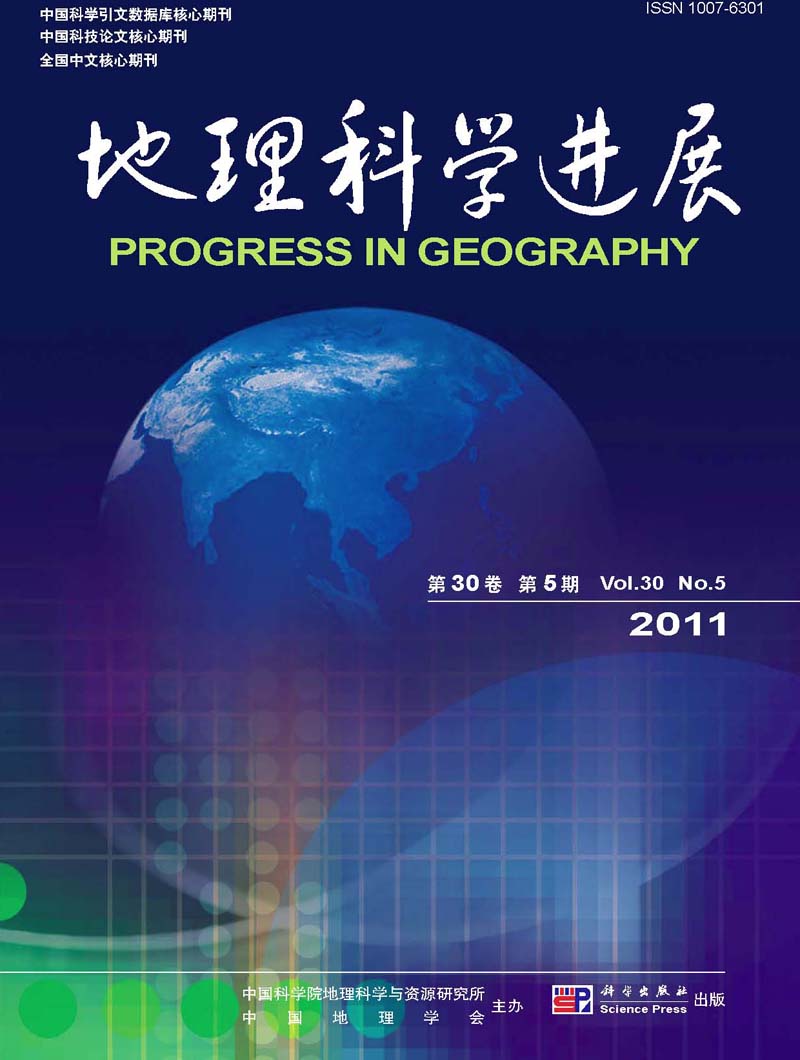Original Articles
WANG Dan, CHEN Shuang
As the scientific groundwork for the urban general planning and sustainable development, urban carrying capacity (UCC) regionalization can provide spatial directions based on the regional disparities of the natural, social, economic and environmental characteristics. Because the theoretical basis of regionalization comes from geographical features spatial difference, the definition of UCC cannot reflect the inner city spatial difference, and hence cannot accommodate the demand of UCC zoning scale. After looking back and comparing the related concepts of UCC, we define UCC as the population and social economic activities that the natural resource, environment, urban infrastructure and commonality service can sustain within a fixed urban area, in a particular period and according to pertinent criteria of living quality.
This paper aims at developing an integrated method of zoning by UCC which can guide planning of resource utility, environment protection and infrastructure construction in the city. Firstly we presented the structure of UCC. The UCC is inherently a kind of complex ability consisting of support, pressure and regulation which are respectively associated with resource and environment foundation, population growth and human self-regulation. Secondly we discussed the relationship between traditional geographical regionalization and zoning by UCC. Based on a review about the development of regionalization we further concluded the characteristics of zoning by UCC, which are comprehensiveness, relativity and improvement. Thirdly we divided the process of zoning by UCC into 5 steps: index system and spatial cell for UCC evaluation, spatial database, UCC evaluation, divisions of improvement zones and non-improvement zones and making suggestions. Based on the index system for UCC evaluation, it focuses the discussion on the“state-pressure-response”model of UCC evaluation to get UCC indicator. Furthermore, non-improvement zone and several kinds of improvement zones are divided by the relevant restrictive factors.
We took Changzhou city as a case study for zoning by UCC. The index system for Changzhou UCC evaluation is composed of 3 parameters. There are 4 secondary indicators in the support parameter, including water quality, air, eco-environment and geological condition which is the only non-improvement factor in the index system. Moreover, population, economy and land-use have been quantified by several tertiary indicators in the press parameter. And the adjustment parameter has industry, traffic and infrastructure. Using GIS grid analysis we divided the study area into 1886 grids of 1 km×1km to get the values of UCC indicator through the evaluation model. Three UCC zones have been identified by the value of UCC indicator. Based on the primary factors we concluded 5 types of zones, such as water environment improvement hot spots, industrial structure adjustment hot spots, and limited development spots. It is found that (1) the index is limited by the scale of study area; (2) the non-improvement factor has inherently historical limitation; (3) the areas which have important ecological functions or historical values in the high capacity zone or the mid capacity zone must be conserved; (4) some other methods of UCC gross estimate can be used for zoning.
